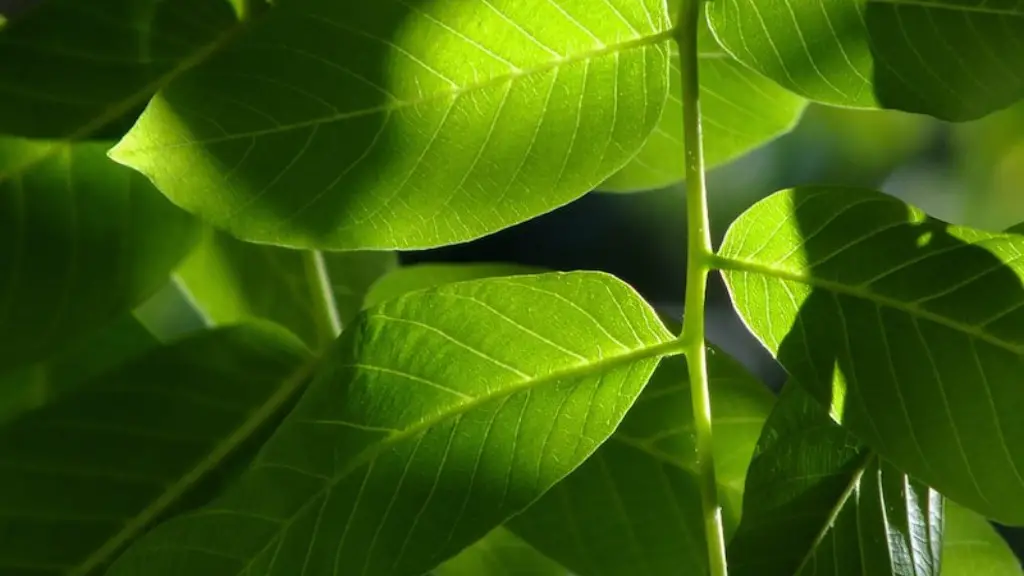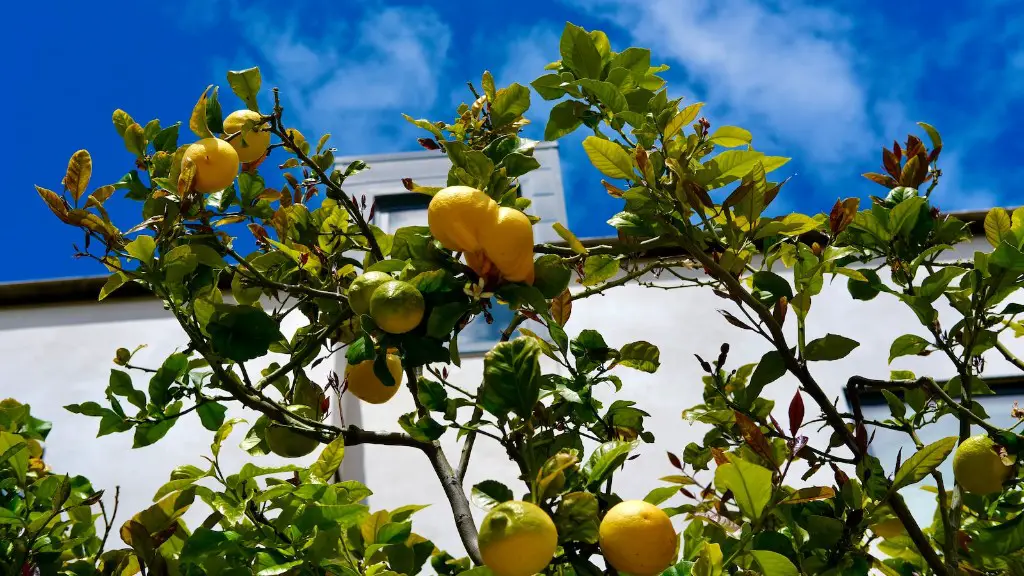Can you graft a lemon tree? The answer is yes – it is possible to successfully graft a lemon tree onto another rootstock. The process requires careful planning and attention to detail in order to ensure successful results. Grafting is a form of vegetative propagation, which propagates plants by means of buds and stems in a controlled environment. It’s used to improve the fruit-rendering of citrus trees, and one of its main advantages is that it allows the propagation of desired varieties even when the conditions are not ideal for germination.
Grafting a lemon tree is usually done in late winter or early spring, when the bark of the tree is still not completely mature. This is important because it helps ensure that the two different parts of the tree – the rootstock and the scion – make contact. The chosen rootstock should be healthy and compatible with the desired cultivar, since this affects the success rate of the graft. Once the rootstock and scion have been selected and prepared, the union of the two parts must be successful for the graft to work.
The process of grafting a lemon tree involves making a clean, precise cut in the rootstock, which is then lined up with the scion and wrapped together. The wrap should be done with the utmost care, using grafting tape or waxed thread to ensure the two plants stay connected until the graft takes. Once the union is made, the tree needs to be maintained properly, with adequate watering and sun exposure, until the graft takes. The entire process usually takes about a month for a successful union.
Once the grafting process is complete, it’s essential to monitor the tree in order to make sure the graft is taking. During this phase, it’s important to ensure that the new parts of the tree are getting proper sunlight and water. The rootstock and scion should also be monitored for any signs of disease or pests. If all goes well, you should see the tree flowering and producing fruit within the next year.
Although grafting a lemon tree can be a difficult process, with proper planning and attention to detail, it can be successful. It’s important to select a healthy rootstock and choose a scion type compatible with the rootstock, and to make sure to keep an eye on the tree during the early integration stages. If you follow all of these steps, you should have a beautiful, fruit-yielding lemon tree.
Advantages of grafting
Grafting has significant advantages for citrus tree owners. One of the main benefits is that it provides greater disease and pest resistance. Grafting aims to combine the most pest and disease-resistant rootstocks with the cultivars that produce more desirable fruit. This means that owners of grafted trees can be confident that their trees are more likely to resist disease and pests than trees that are grown from seed.
Grafting can also increase the tree’s productivity, since it preserves desirable genetic traits, such as size, fruit shape and flavour. Trees that are grafted onto rootstocks can grow to larger sizes, allowing for higher yields of fruit. Grafted trees are also generally easier to manage, since they are sturdier and better able to tolerate weather and soil conditions.
Another benefit of grafting citrus trees is that it gives growers access to a wide range of varieties. Many of the most popular cultivars, such as ‘Meyer’ lemon and ‘Honey’ orange, are not readily available through seed-grown trees. Grafting gives growers the ability to propagate any variety they desire, regardless of the location, climate or soil conditions.
Finally, grafting technology has improved in recent years, making the process more reliable and easier to accomplish. This has enabled growers to propagate extremely rare varieties of citrus trees that would otherwise be difficult, if not impossible, to obtain through other means.
Disadvantages of grafting
Despite the many benefits that grafted citrus trees offer to growers and consumers, grafting does come with some drawbacks. One significant disadvantage is that grafting is a labour-intensive task, which requires more time and money than growing a tree from seed. Grafted trees also tend to take longer to bear fruit, so it can take up to a year or more for a grafted tree to fully produce.
Furthermore, the grafted tree is only as strong as the union between the rootstock and the scion. If the union fails, the tree will not live, regardless of how carefully the process was carried out. Lastly, grafting often results in an increase in pruning, since some portions of the graft may need to be removed. This can be time consuming and costly.
Common mistakes when grafting
Grafting is a complex process, and it’s important to pay attention to detail in order to ensure successful results. One of the most common mistakes when grafting is not lining up the two parts of the tree properly. The cuts must be carefully aligned, in order for a successful union to form. It’s also important to make sure the wrap is tight enough to hold the two parts together.
Other common mistakes when grafting citrus trees include leaving the grafted parts exposed to too much sun or weather, or using diseased or unhealthy rootstock. It’s important to make sure the rootstock is healthy and compatible with the desired cultivar, in order to increase the success of the graft. Finally, another common mistake is not monitoring the grafted tree regularly to make sure the union is taking.
Preparing the rootstock and scion
Preparing the rootstock and scion correctly is critical to the success of a graft. First, the rootstock should be healthy and free of disease. If the rootstock is weak or unhealthy, the graft may not take. It’s also important to select a rootstock compatible with the desired cultivar, since this affects the success rate of the graft.
Next, the scion must be chosen carefully. It’s important to select a scion type that is resistant to the same pests and diseases that affect the rootstock. The scion should also be a good size and shape for the type of graft being used. Finally, the scion must be cut in the correct way. The part of the scion that will be grafted should have a bud, but no flowers or leaves. The cut should also be a clean, straight cut.
Choosing a location for the tree
Once the rootstock and scion have been prepared, the next step is to select a location for the tree. It’s important to choose a spot with the proper sunlight exposure and soil quality. Too much sun exposure can cause the scion and rootstock to dry out, while too little sun can prevent the union from taking. Soil quality is also important, since it affects the availability of nutrients to the grafted tree.
It’s also important to consider the drainage of the area. Choose a location that has well-draining soil, as standing water can quickly lead to root rot. Finally, it’s important to make sure the tree is not exposed to too much wind, as this can disrupt the grafted union, and cause damage to the newly forming tree.
Caring for the grafted tree
Once the tree has been successfully grafted, it’s important to properly care for it in order to ensure its health and growth. During the integration period, it’s important to water the tree regularly and monitor it for signs of disease or pests. It’s also important to keep an eye on the union to ensure it is not disrupted, or affected by weather or soil conditions.
Once the graft has taken, it’s important to give the tree plenty of sunlight and protection from too much wind. Make sure the soil is not compacted, as this can prevent proper drainage, and keep an eye out for any signs of disease or pests. Properly caring for the grafted tree will ensure it produces quality fruit for many years.




